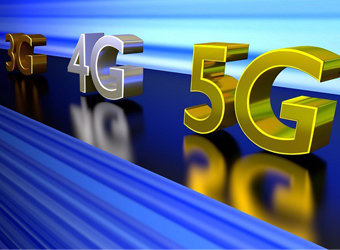The next revolution in mobile technology looks is expected to be led by China.
5G, the fifth generation of mobile network, does not yet exist but aims to provide faster data speeds and more bandwidth to carry ever-growing levels of web traffic.
Analysts at CCS Insight predict the technology will be in place by 2020 and said in a report Wednesday that there will be more than one billion users of 5G by 2023, with more than half based in China.
“China will dominate 5G thanks to its political ambition to lead technology development, the inexorable rise of local manufacturer Huawei and the breakneck speed at which consumers have upgraded to 4G connections,” said Marina Koytcheva, VP Forecasting at CCS Insight.
CCS Insight said 5G will take off faster than any other previous mobile technology with the United States, South Korea, and Japan all battling to launch the first commercial network.
Exact technology specifications for 5G have yet to be agreed internationally and there are still uncertainties about the technology. These include how and where network operators will deploy vast numbers of new base stations, the lack of clear business case for operators, and consumers’ willingness to upgrade their smartphones, CCS Insight said.
In Europe, market fragmentation, the availability of spectrum and the influence of regulators bring additional challenges.
But several technology firms are trying to show progress in the 5G. Chipset manufacturer, Qualcomm, claimed this week that it had demonstrated the first working 5G data connection on a mobile device.
The speed generated in the test would allow users to download data at around 1,000 Mbps. One estimate suggested this would allow users to download a 2 hour HD film in around 12 seconds.
Qualcomm said the demonstration used their Snapdragon X50 NR modem chipset over a 28GHz millimetre wave spectrum band.
The 28 GHz millimetre wave spectrum band has been described as problematic because the radio signal at this frequency reportedly deteriorates if data is transmitted over more than a few kilometres.
The technology could also be important for technologies like driverless cars.
Source: CNBC



